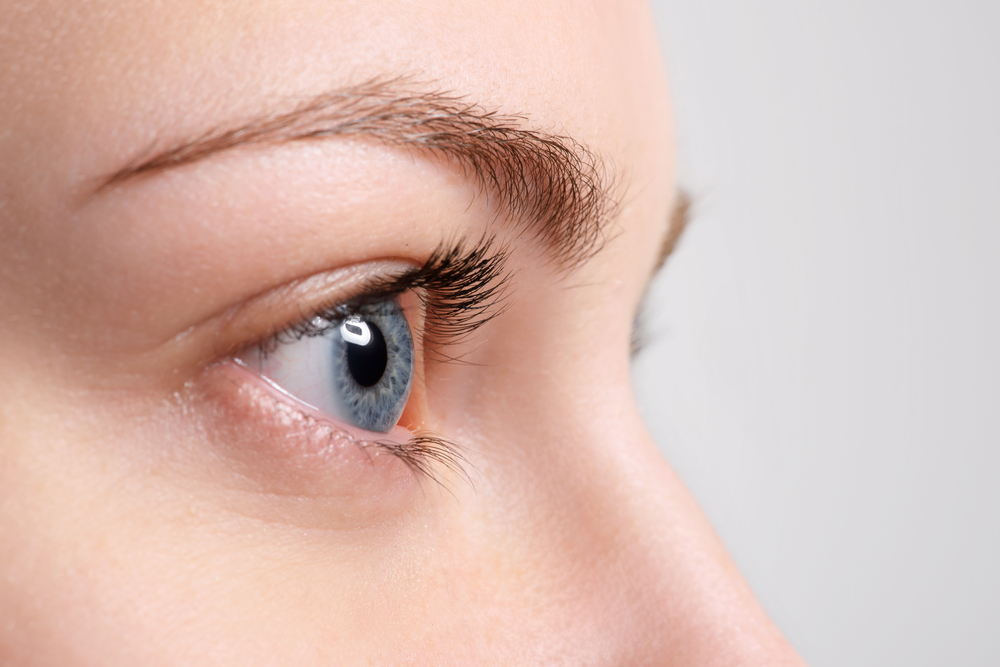Food-related Behavior in PWS May be Linked to Neurological Response
Written by |

Involuntary reflexes such as being startled are abnormal in Prader-Willi Syndrome (PWS) patients, and lower startle response to food images may explain their eating habits, researchers from the University of Kansas Medical Center report.
The study, “Startle Response Analysis of Food-image Processing in Prader-Willi Syndrome” was published in The Journal of Rare Disorders.
PWS is a genetic, neurodevelopmental disorder characterized by muscle weakness, poor growth, and eating disorders, including obesity due to an uncontrolled urge to eat.
A better understanding of the neurological response to food that drives overeating and weight gain in PWS patients may provide insight into the disease and how to manage it.
In the study, researchers evaluated the involuntary neurological response in PWS patients when shown a food-related image, and compared it to non-food images. More specifically, the team investigated emotional processing of food in these patients using startle response modulation.
“An inexpensive and broadly applicable method to assess physiological evidence of emotional processing in PWS is the study of emotional modulation generated by the startle response,” researchers said.
A startle response or reflex, such as an eye blink, is involuntary and in response to sudden or disturbing auditory or visual stimuli.
A total of 13 PWS patients (mean age 26.6 years) and eight healthy individuals (31.6 years) were included in the study.
Researchers assessed the activity of the muscles below the eye (orbicularis oculi muscle) following eye blink after participants saw an image. Muscle activity was measured using a technique called electromyogram, or EMG, in which small electrodes are placed on the muscles to measure and record the electrical signal sent.
Food and non-food images (such as images of puppies) were used as visual stimuli.
The EMG reading was taken before the exam began to identify a baseline. During the exam, startle response was measured while participants saw images, and in between images while looking at the computer monitor screen. In order to decipher their urge to eat, an EMG reading was taken before a meal (pre-meal), and data compared with the response assessed after participants consumed a 500-kcal meal.
In normal conditions, viewing pleasant images lowers the amplitude of the muscle response, while an increase in signal is noted while viewing images that cause discomfort. This is called the classic startle response.
Following EMG testing, the team provided the study participants with hard copies of the images. Participants graded the images based on how they felt after seeing them using a 1-10 Likert scale ranging from extremely negative (1) to very positive (10).
Researchers found that PWS patients were increasingly attracted to food images, as reported by their significantly positive response to these images before eating (mean score 8.8), compared to the control group (mean score 6.5). This score remained significantly high in PWS patients after eating (mean score 7.1), while it was slightly reduced in the healthy group (5.2).
Participants also rated their urge to eat on a scale of 1 to 10 after viewing food images. Self-reported mean score for the urge to eat was markedly higher in PWS patients than in controls both before a meal (8.3 versus 5.8) and post-meal (7.2 versus 2.9).
“The change in the self-reported urge to eat from pre- to post-meal was greater among the control group compared to the PWS group,” the researchers said.
Based on the results, the team suggested that PWS patients have an attenuated startle response due to impaired emotional processing, and that “a stable positive emotional valence to food images was observed [in PWS patients] pre- and post-feeding with a sustained urge to consume food.”
“Startle responses to food images in PWS were attenuated relative to other picture types with potentially abnormal emotional modulation of responses to non-food images,” they concluded.





